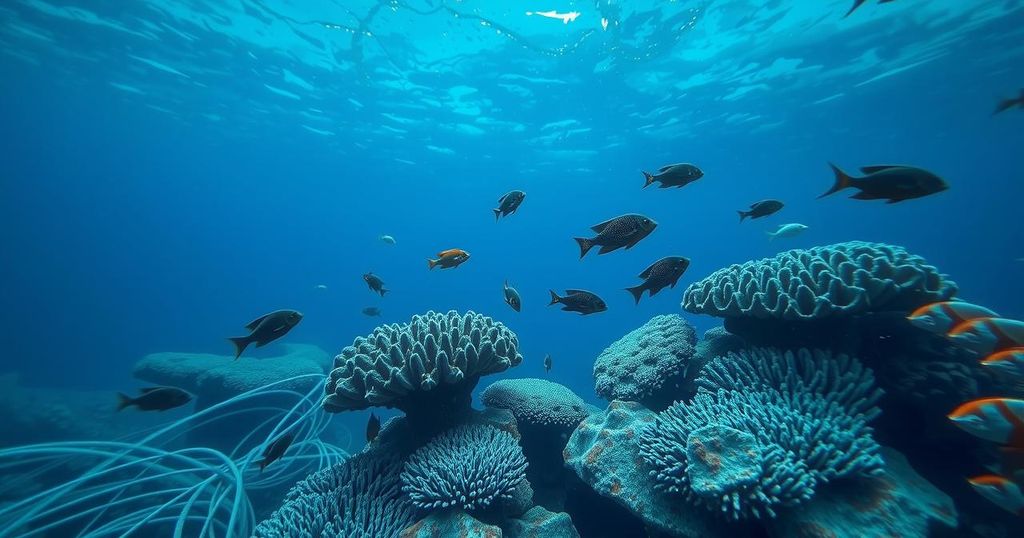World news
ASIA, BANDA SEA, CARIBBEAN, CARIBBEAN SEA, CAYMAN ISLANDS, CENTRAL AMERICA, COLOMBIA, CUBA, EARTHQUAKES, EMERGENCY RESPONSE, EVACUATIONS, GEORGE TOWN, INDONESIA, MALAYSIA, NATIONAL OCEANIC AND ATMOSPHERIC ADMINISTRATION, NATURAL DISASTER, NATURAL DISASTERS, NOAA, NORTH AMERICA, PUERTO RICO, SOUTH AMERICA, TI, U. S. VIRGIN ISLANDS, US NATIONAL TSUNAMI WARNING CENTER
Marisol Gonzalez
0 Comments
Magnitude 7.6 Earthquake Near Cayman Islands: Tsunami Alerts Canceled and Underwater Footage Controversy
A 7.6 magnitude earthquake struck near the Cayman Islands, prompting temporary tsunami warnings. Following thorough monitoring, the warnings were canceled. Social media claims of underwater footage illustrating the earthquake were debunked, as the video originated from a separate incident in Indonesia. Understanding tsunami causes, including seismic activities and underwater disturbances, is critical due to their potential impact on coastal regions.
On Saturday evening, a 7.6 magnitude earthquake struck the Caribbean Sea near the Cayman Islands, prompting temporary tsunami warnings for surrounding areas. The earthquake occurred at 6:23 p.m. local time at a depth of 10 kilometers, about 130 miles southwest of George Town. Although initial warnings affected Puerto Rico, the U.S. Virgin Islands, Cuba, and part of Central America, they were eventually rescinded after close monitoring indicated minimal risks.
Social media became inundated with claims regarding an underwater video capturing the earthquake’s effects in real-time. The alleged footage depicted seabed alterations, marine life responding abruptly, and sediment disturbances. However, this video has not been verified by reputable agencies such as the U.S. Geological Survey or National Oceanic and Atmospheric Administration, with many users noting that it was from an unrelated event in Indonesia prior to the earthquake.
Tsunamis are commonly triggered by large underwater earthquakes, which cause significant water displacement. They can also result from volcanic eruptions, landslides, or meteorite impacts. When these waves approach shallow coastal areas, they slow down but can grow in height, leading to possible devastation. The NOAA notes that these natural disasters carry immense energy and pose significant threats to coastal communities.
The topic of tsunamis is crucial for understanding their nature and causes. Tsunamis are primarily spawned by massive underwater seismic events that lead to abrupt movements of the sea floor, giving rise to high-energy waves that travel vast distances. Various factors such as volcanic eruptions and even meteor impacts can also trigger these phenomena. As tsunamis approach shorelines, they can cause catastrophic flooding and destruction, making it important to comprehend their mechanics and potential impacts.
In summary, a significant earthquake near the Cayman Islands led to temporary tsunami warnings that were swiftly canceled. While social media circulated claims of underwater footage capturing the event, these claims lack verification. It is essential to understand the mechanics behind tsunamis, as they can result from various underwater disturbances, highlighting the importance of preparedness for coastal areas at risk from such natural disasters.
Original Source: www.soapcentral.com




Post Comment